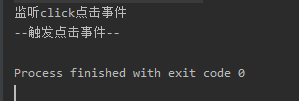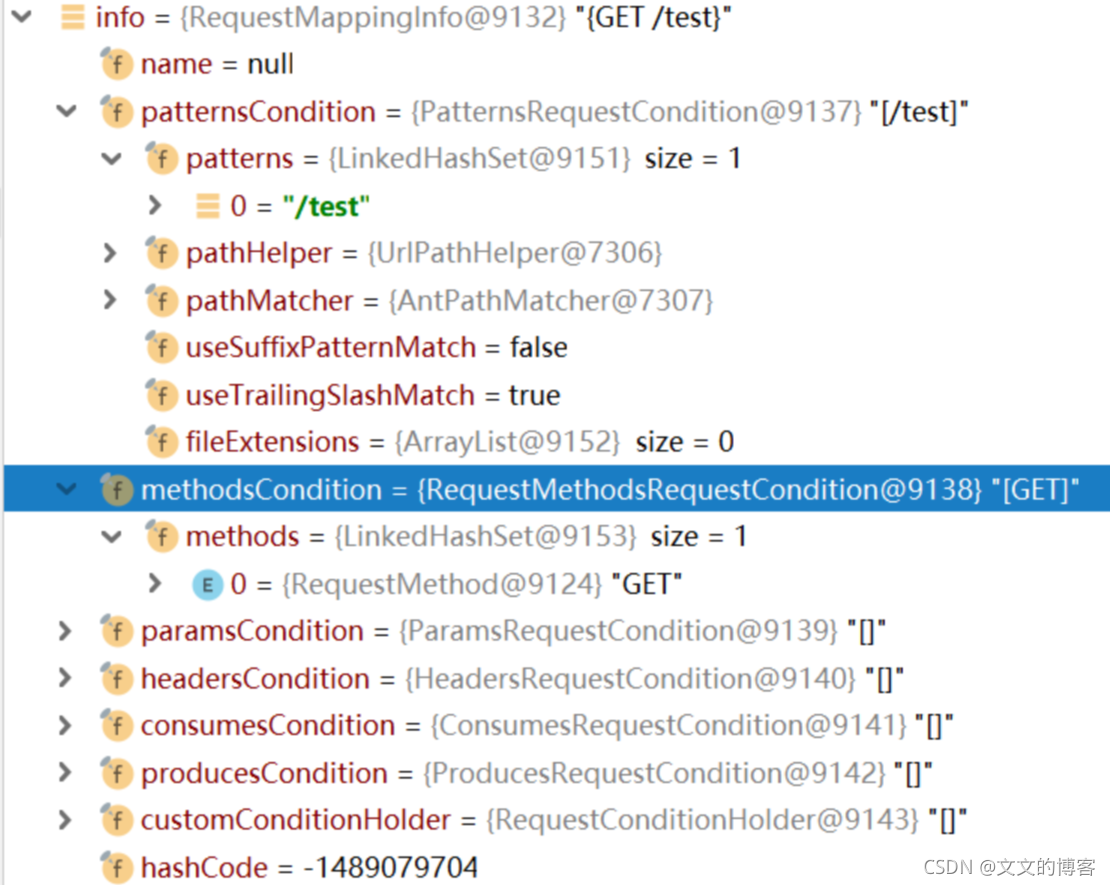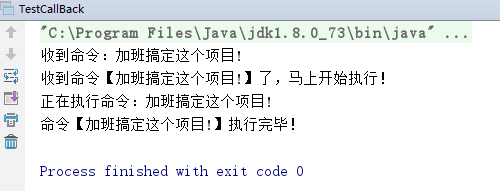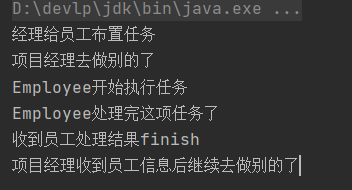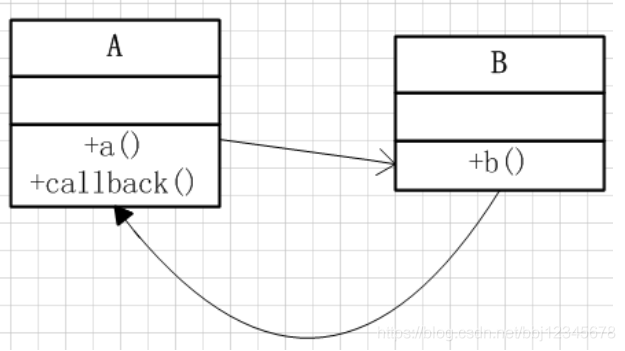拷贝
拷贝即对已有的数据创建一个副本,在 Java 中,拷贝可分为引用拷贝、浅拷贝、深拷贝。
引用拷贝
在 Java 中,实例化后的对象存储在堆区,而局部变量存放在局部变量表(栈)中,如:
public void yinYongCopy() { User user = new User("xiaoming", 12);
}user 变量只是存放堆区 User 实例的引用(地址)。那么把 user 赋值另一个变量 copy,称为引用拷贝(相当于地址赋值)。
public void yinYongCopy() { User user = new User("xiaoming", 12); User copy = user;
}user 和 copy 两个变量存放了 User 实例的指向,他们指向了同一份堆内存空间。

浅拷贝
在 java 中,默认的拷贝指的是类重写 Object 类中的 clone 方法,调用该方法进行拷贝。Object 类中的 clone 方法使用 Native 修饰,由本地方法实现,对于类型只是做引用拷贝。
public class User implements Cloneable {private String name;private Integer age;private Animal animal;get...set...@Overrideprotected User clone() throws CloneNotSupportedException {return (User) super.clone();}
}public class Animal implements Cloneable {private String name;private Integer age;get..set..@Overrideprotected Animal clone() throws CloneNotSupportedException {return (Animal) super.clone();}
}public class Copy {public static void main(String[] args) throws CloneNotSupportedException {User user = new User();user.setAge(10);user.setName("xiaoming");user.setAnimal(new Animal("wangcai", 10));System.out.println(user);User clone = user.clone();System.out.println(clone);System.out.println(user == clone);System.out.println(user.getAnimal() == clone.getAnimal());}
}使用 clone 方法生生成新的对象,此时在堆中产生新的对象,clone 存放了该对象的引用。但是需要注意,此时 user 和 copy 中的 animal 指向堆空间中同一个实例,即只是做了引用的拷贝。
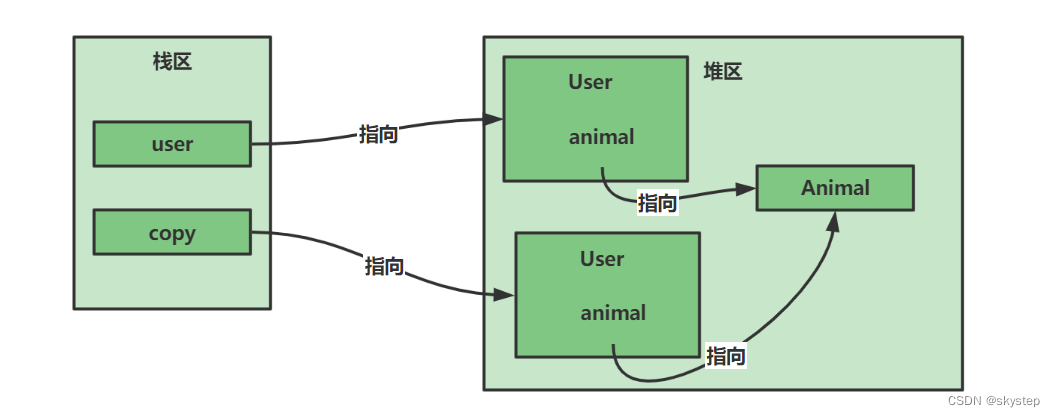
深拷贝
深拷贝相对于浅拷贝而言,会对所有数据类型都进行拷贝一份,包括这个对象所包含的内部对象。java 中上实现深拷贝的方式有两种:
- 对浅拷贝进行加强,对象中引用属性进行 clone 操作;
- 通过序列化;
- 借助三方工具类;
浅拷贝加强
对浅拷贝进行加强,对象中引用属性进行 clone 操作,以下例子 User 类 clone 的时候也对 animal 进行拷贝。
public class User implements Cloneable {private String name;private Integer age;private Animal animal;get..set...@Overrideprotected User clone() throws CloneNotSupportedException {User clone = (User) super.clone();clone.setAnimal(animal.clone());return clone;}
}public class Copy {public static void main(String[] args) throws CloneNotSupportedException {User user = new User();user.setAge(10);user.setName("xiaoming");user.setAnimal(new Animal("wangcai", 10));System.out.println(user);User clone = user.clone();System.out.println(clone);System.out.println(user == clone);System.out.println(user.getAnimal() == clone.getAnimal());}
}序列化
User 类实现 Serializable 接口,对堆区中的实例进行读写,从而实现对实例的全部拷贝。
public class User implements Serializable, Cloneable {private String name;private Integer age;private Animal animal;get...set...@Overrideprotected User clone() {try {ByteArrayOutputStream bos = new ByteArrayOutputStream();ObjectOutputStream oos = new ObjectOutputStream(bos);oos.writeObject(this);oos.flush();ObjectInputStream ois = new ObjectInputStream(new ByteArrayInputStream(bos.toByteArray()));return (User) ois.readObject();} catch (IOException | ClassNotFoundException e) {e.printStackTrace();return null;}}
}借助三方工具类
例如使用 fastJson 工具对对象实现深度拷贝。
@Override
protected User clone() {String s = JSON.toJSONString(this);return JSON.parseObject(s, User.class);
}






